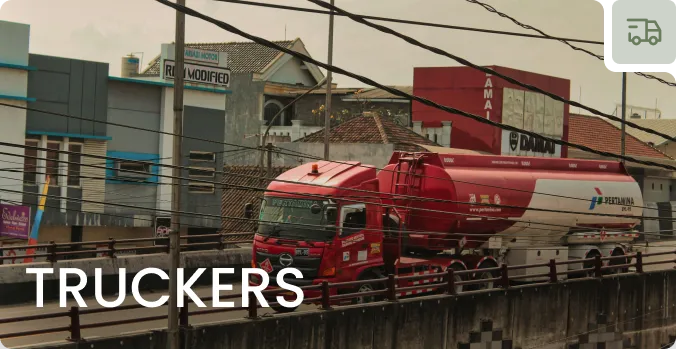Worried about whether your truck will clear that bridge? Stop taking chances. While most maps list just 7,000–10,000 low-clearance locations, ours includes over 23,000 across the U.S., Canada, and the U.K. With our comprehensive bridge height data, you can plan safe, reliable truck routes and drive with confidence. Commercial access via API or CSV download is also available.
PROCESS
Research and compile a list of trustworthy federal, state, provincial, and local databases that report bridge and tunnel clearance information.
Use automated tools to extract clearance data from identified sources, ensuring all relevant fields are captured.
Format, normalize, and structure the collected data to meet Low Clearance Map (LCM) standards for consistency and interoperability.
Review every clearance point manually using supporting documentation or imagery to confirm positional and clearance accuracy.
Assign hazard headings to each structure to indicate the approach directions where the clearance poses a risk.
Periodically refresh data from original sources and incorporate validated user-submitted structures to keep the dataset current and comprehensive.
Audience

Truck drivers rely on Low Clearance Map to navigate safely and efficiently while avoiding costly delays or accidents caused by low-clearance hazards. Facing tight deadlines and the stress of long hauls, they value reliable, real-time data to ensure their routes are clear of unexpected obstacles.

Fleet managers oversee the safety and efficiency of multiple vehicles. They use Low Clearance Map to provide their drivers with accurate hazard information, reduce risks, and maintain compliance with height restrictions. Managing large fleets means they prioritize tools that simplify route planning and enhance operational safety.

RV owners, often less experienced with tall vehicle navigation, turn to Low Clearance Map for peace of mind during their travels. They seek safe, scenic routes and clear hazard alerts, ensuring their trips are stress-free and enjoyable without the worry of encountering low-clearance obstacles.

Developers integrating Low Clearance Map’s data into navigation or logistics applications benefit from our comprehensive API. They value accurate hazard information, such as Hazard Headings and directional data, to create user-friendly tools that enhance safety and efficiency for their clients.
Features
For just $4.99 per month, Low Clearance Map provides online routing tailored to your tall vehicle. Avoid costly accidents with real-time hazard identification and our comprehensive low-clearance database. Cancel anytime.
Enjoy unrestricted access to our comprehensive low-clearance hazard database. Whether you’re planning routes or managing a fleet, this feature ensures seamless navigation with no limitations—keeping you safe, efficient, and worry-free on every journey.
Low Clearance Map boasts the largest and most accurate low-clearance hazard database, featuring over 23,000 validated entries—more than double the size of most competitors. Built with advanced data science and rigorous validation, it’s the trusted choice for reliable navigation and peace of mind.
Exclusive to Low Clearance Map, the Hazard Headings feature provides directional data for every hazard, ensuring alerts are precise and relevant to your route. No other service offers this level of accuracy, making Low Clearance Map the safest and most efficient choice for tall vehicle navigation.
Low Clearance Map uniquely identifies low-clearance structures both on your route and alongside/under it, providing unparalleled insight to keep you informed and safe. This exclusive feature ensures that no potential hazards are overlooked, making Low Clearance Map the most comprehensive solution for tall vehicle navigation.
Simply input the height of your vehicle or trailer to map all low-clearance structures along your route.
Low Clearance Map harnesses the power of crowd-sourcing to continually improve and validate its database. This collaborative approach ensures the most up-to-date and accurate low-clearance hazard information, making it a trusted resource that grows stronger with every user contribution.